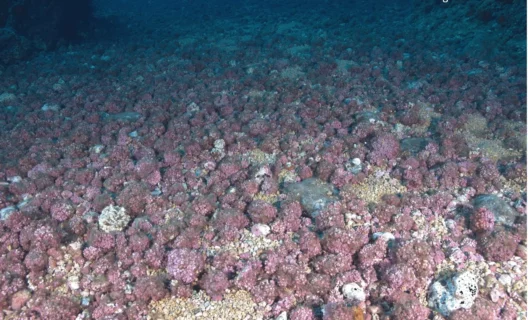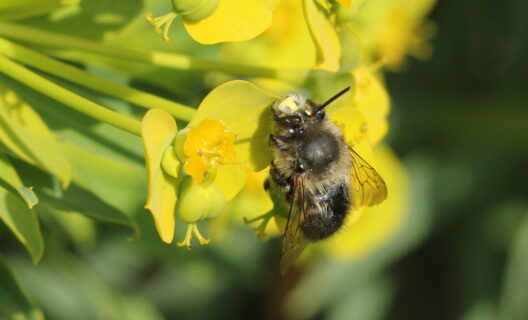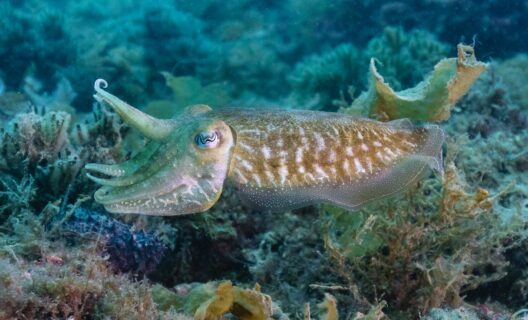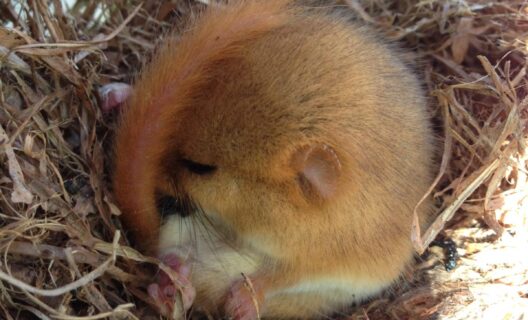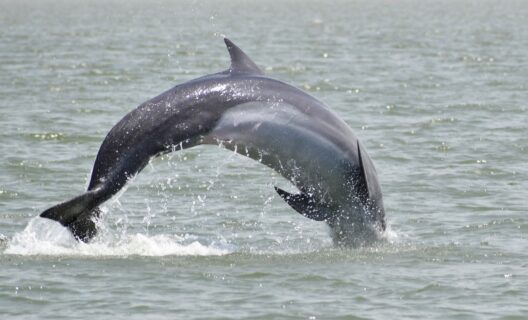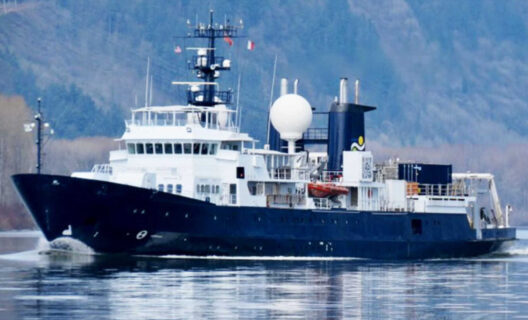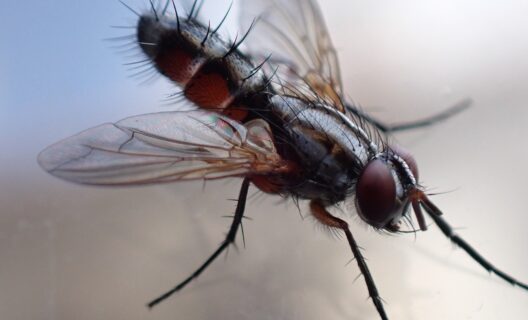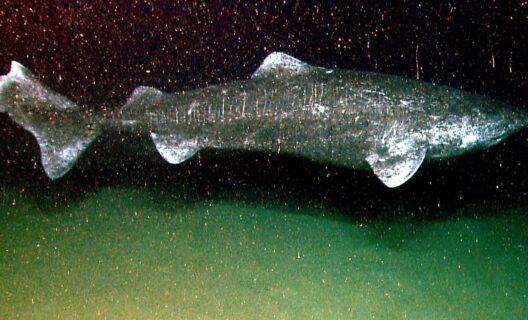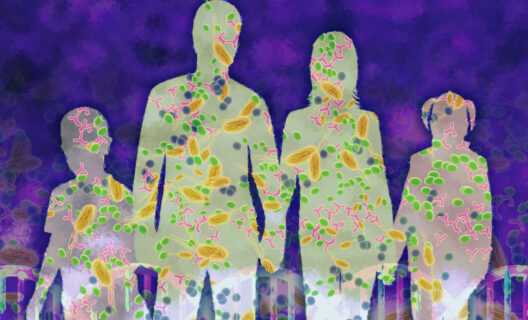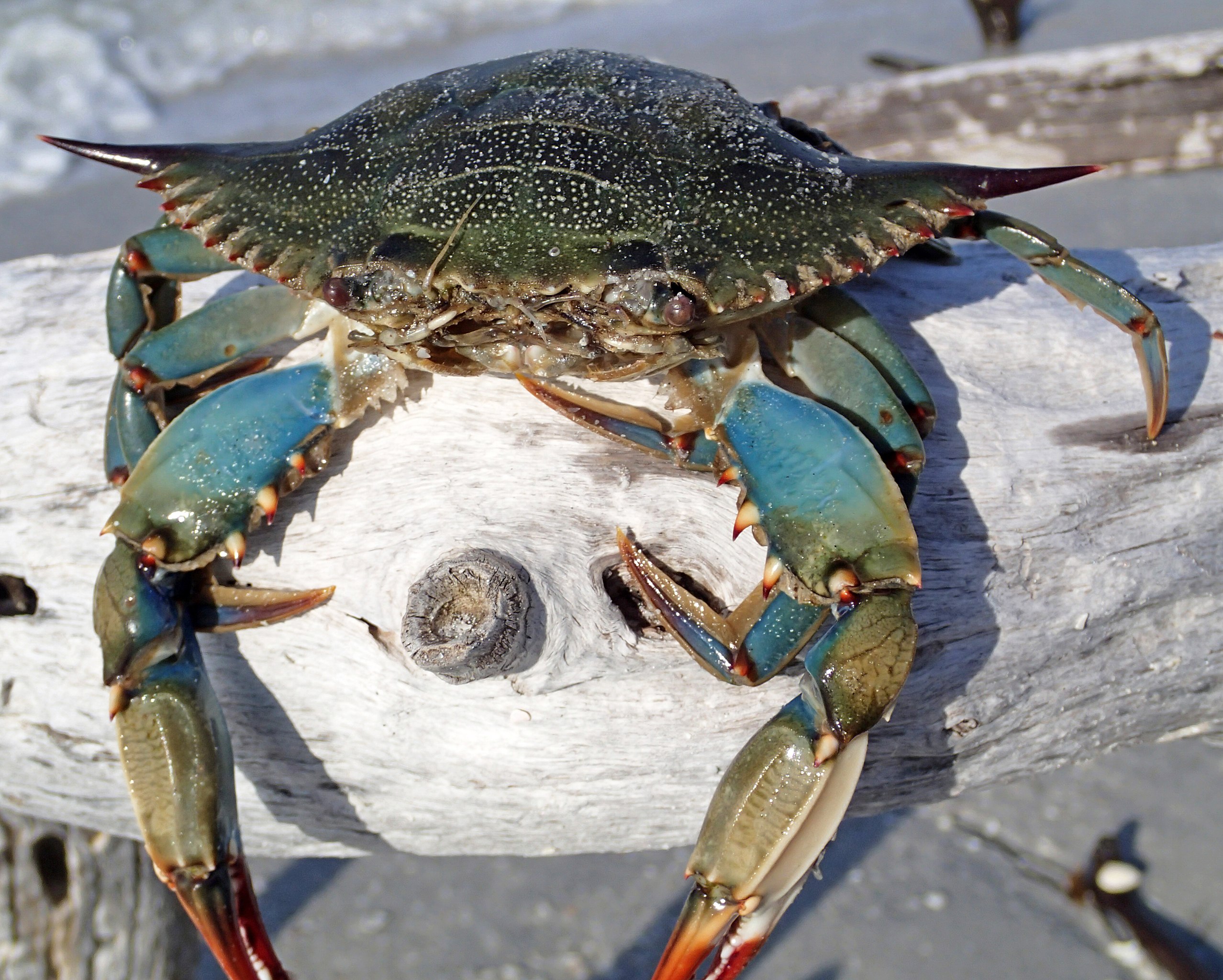

Reading time
0 min
New FAO report provides guidance for meeting an increasingly pressing challenge
Available online, free of charge, is the FAO technical report which provides a comprehensive guide for policy stakeholders and fisheries businesses that want to address the problem of aquatic invasive species-a phenomenon that is steadily increasing globally, and now further exacerbated by climate change.
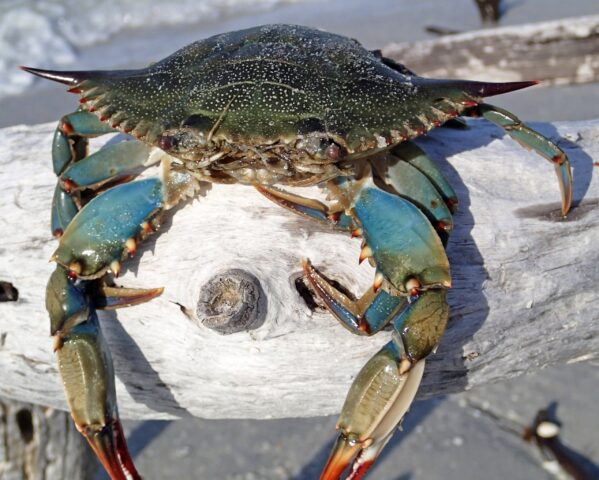
""
What are alien species
That of invasive (also called alien) species is a vexata quaestio that affects the entire planet. These are species introduced by humans, either intentionally or accidentally, into environments outside their natural range. By settling and proliferating, they can cause far-reaching negative impacts. Environmentally, alien species can compete with native species for access to resources, alter habitats, introduce diseases or pests, and even cause the extinction of local species. The economic consequences can be equally severe. Should they become established in fresh or salt waters, alien species can have negative impacts on fisheries, aquaculture, tourism, and other activities that depend on the health of aquatic ecosystems.
""
Assumptions for living with them
The FAO report, coordinated by CNR-Irbim of Ancona and the result of international research involving eleven case studies and a survey of 101 scientists from 44 countries, proposes nine measures for controlling and adapting to invasive species, divided into three main categories: socioeconomic, environmental and awareness.
""
Among socioeconomic measures, the report considers the development of commercial fisheries for alien species. This practice can help control invasive populations and generate new economic opportunities.
""
One example highlighted in the report, the result of further research by CNR-Irbim and published in the journal Marine Policy, is that of the blue crab(Callinectes sapidus), a species that has recently experienced exponential growth in North Adriatic waters.
""
However, the commercial potential of such species presents possible risks and can lead to“bioeconomic paradoxes,” such as an interest in retaining invasive populations if they become profitable. Each situation must therefore be carefully evaluated to ensure selective fishing that does not harm ecosystems. Another proposed socioeconomic measure is the promotion of recreational fishing of invasive species, which is especially useful in local contexts.
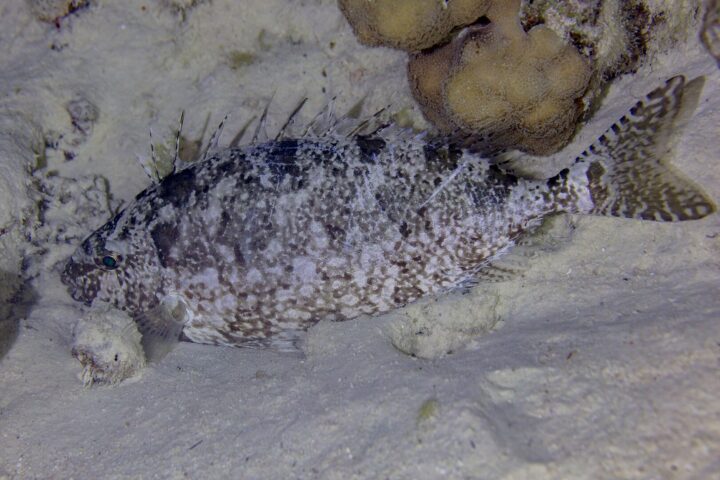
""
There are also environmental measures. Containing invasive species through spatial control (a particularly effective strategy in limited or ecologically valuable areas) or by resorting to biological control are among them. In the long run, the importance of restoring ecosystems damaged by new hosts is also emphasized.
""
Finally, the FAO report stresses the relevance of outreach measures. Educational and outreach programs serve to raise awareness of the problem among different stakeholders, including fishers, citizens, managers and policymakers. Promoting dialogue and collaboration among stakeholders, the study’s authors stress, is critical to effectively addressing the challenges posed by this new reality.
Sources
- Uncovering unmet demand and key insights for the invasive blue crab(Callinectes sapidus) market before and after the Italian outbreak: Implications for policymakers and industry stakeholders
- Fisheries responses to invasive species in a changing climate
- Invasive species: control and adaptation strategies for the fisheries sector
The journey goes on
Every story paves the way for the next: discover where biodiversity takes you


